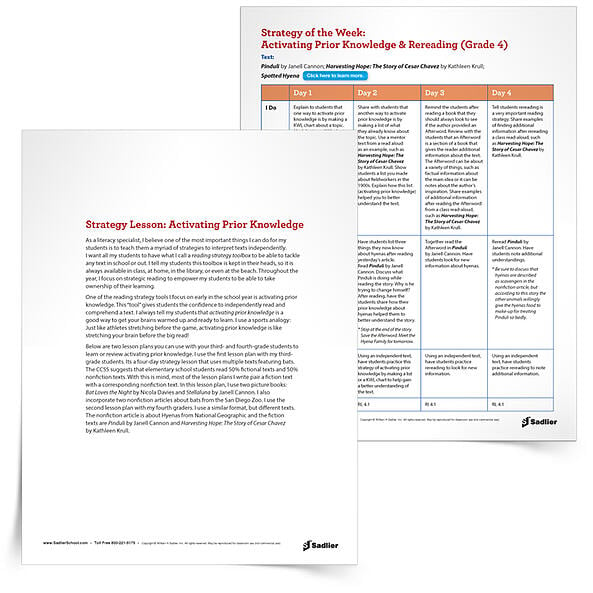1.800.221.5175
Reading & Writing
From Phonics to Reading
Grades K–3
|
Building Reading Success with Wiley Blevins
Grades K–5
Vocabulary
Vocabulary Workshop, Tools for Comprehension
Grades 1–5
Vocabulary Workshop Achieve
Grades 6–12+
|



 Like many teachers, I describe schema to my students as a filing cabinet in their heads.
Like many teachers, I describe schema to my students as a filing cabinet in their heads.
